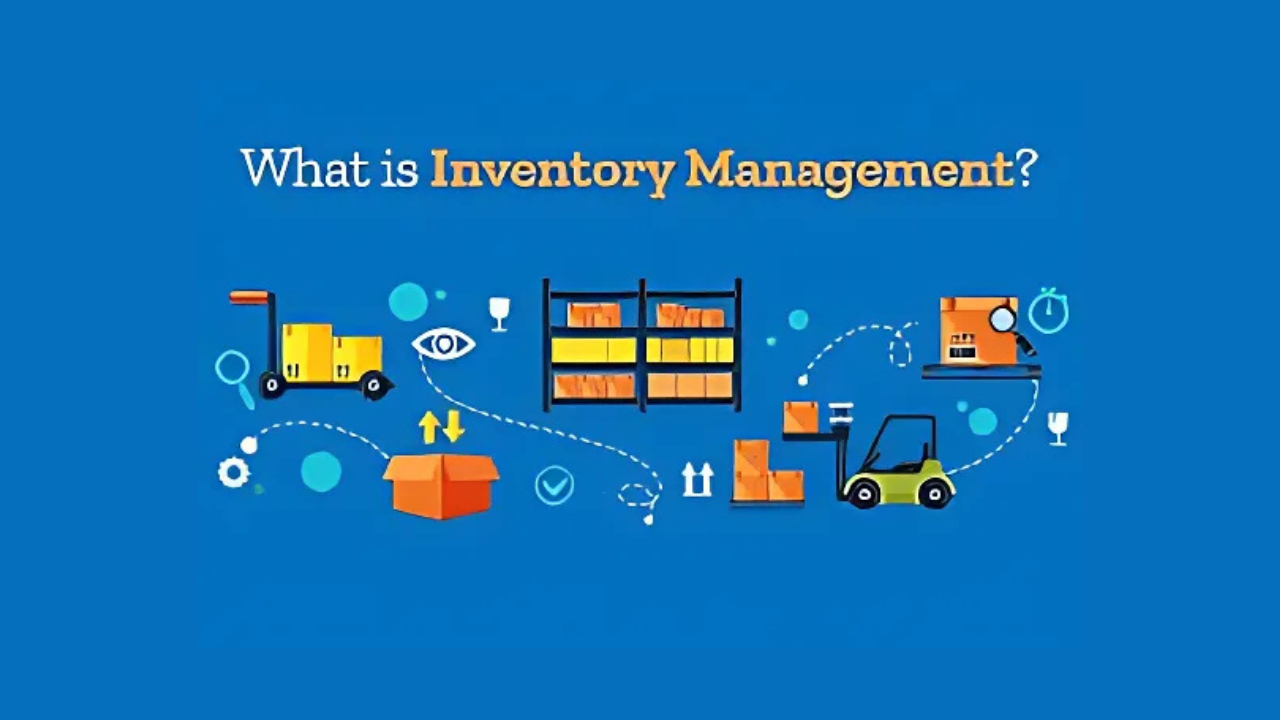Inventory Management 2025: Easy Tips for Small Business Owners in India
Inventory is not just about stocking up products. For small businesses in India, it’s about having the right item in the right quantity, at the right time. In 2025, when online and offline selling go hand in hand, smart inventory management has become more important than ever.
Whether you’re running a kirana shop in Lucknow or selling on Amazon from Mumbai, managing your stock well helps avoid losses, keeps customers happy, and saves money. In this blog from Entrepreneurs, we share easy inventory management tips that work for every small business.
What Is Inventory Management?
Inventory management means keeping track of your products – from the moment they enter your business until they are sold or used. It includes knowing:
- How much stock you have
- What’s selling and what’s not
- When to restock
- Where the items are stored
1. Always Keep Records Up to Date
The first rule is to keep your inventory list current. Whether you use a computer or a notebook, track what comes in and what goes out.
- Update stock levels every time a sale happens
- Record returns or damaged items
- Do a weekly or monthly stock check
When your records are clear, you can avoid overbuying or running out of fast-moving products.
2. Start with ABC Analysis
Not all items are equal. With the ABC method, you can divide your stock like this:
- A items: High value, low quantity – e.g., electronics
- B items: Medium value, medium quantity – e.g., home appliances
- C items: Low value, high quantity – e.g., daily essentials like soap
This helps you focus more on high-value items that need tighter control and monitoring.
3. Use Inventory Software – Even Free Ones
You don’t need expensive tools. There are free or low-cost inventory apps that can help track stock in real time.
Popular tools for small businesses in India:
- Zoho Inventory
- Vyapar App
- TallyPrime
- Marg ERP
Most of them come with features like alerts for low stock, order tracking, and sales reports.
4. Don’t Overstock or Understock
Many small shops overstock to avoid running out. But that locks up cash and adds storage costs.
On the other hand, understocking leads to lost sales. Find a middle ground:
- Use past sales data to plan stock
- Maintain a buffer of fast-selling items
- Talk to suppliers about lead time
5. Train Your Staff
Even the best system can fail if your team doesn’t follow it. Train your staff to:
- Enter data correctly
- Handle goods carefully to avoid damage
- Report when stock is low
A small mistake in entry can lead to a big loss later. Make training a habit.
6. Do Regular Audits
No matter how good your software is, manual checks are still important. Do a physical count at least once a month.
- Match actual stock with your records
- Investigate missing items
- Correct errors before they affect your sales
7. Watch Your Slow-Moving Items
Dead stock eats up space and money. Check which products are not selling, and:
- Offer discounts to clear them
- Avoid reordering such items
- Replace them with better-performing alternatives
Final Words
Inventory is like your business’s backbone. If it’s mismanaged, even a great product won’t save you. These simple tips will help you reduce waste, save costs, and serve your customers better.
Whether you’re running a clothing store, a small café, or an online business — smart inventory management will keep your business healthy in 2025.
For more small business guides and practical tools, stay connected with Entrepreneurs — India’s hub for modern business advice.







